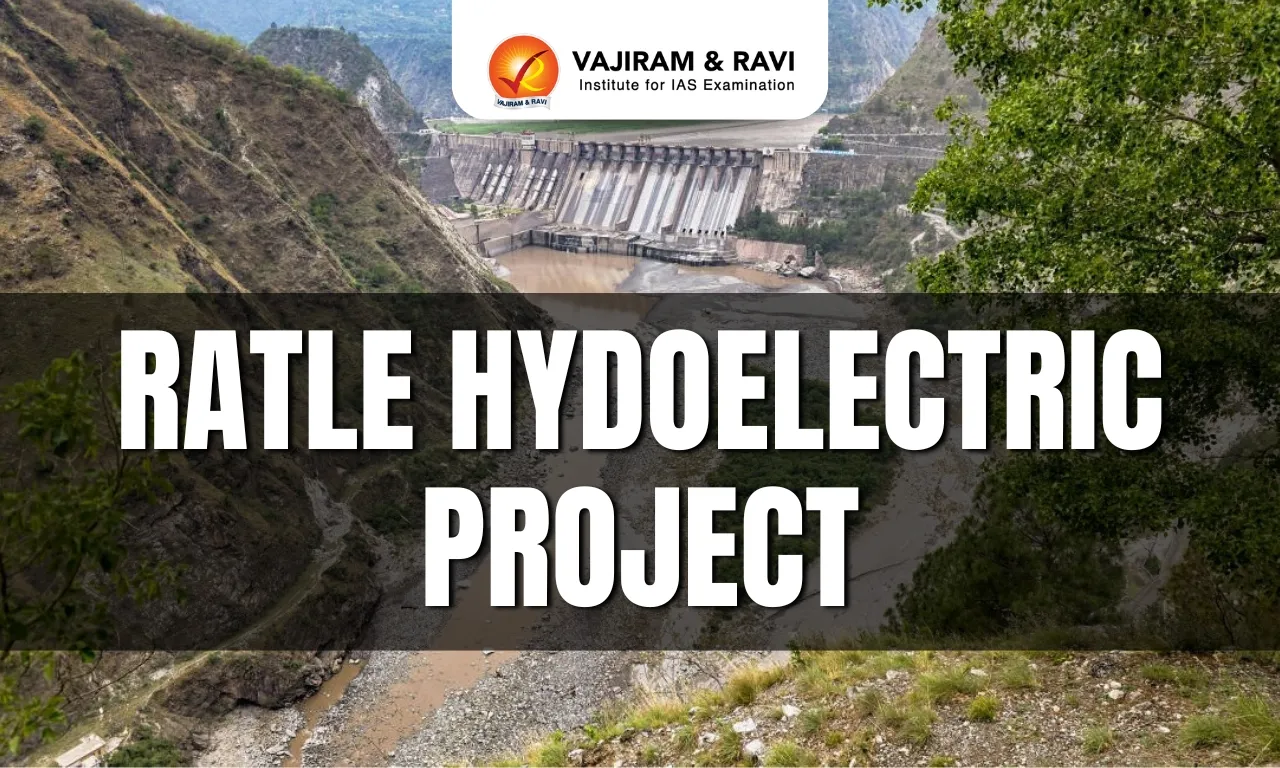Stromatolites Latest News
Recently, a large stromatolites — dating back to 600 million years unearthed in the pine-clad ridges of Chambaghat in Solan district of Himachal Pradesh.
About Stromatolites
- Stromatolites are organo-sedimentary structures formed from the entrapment of calcium carbonate precipitates by algae and cyanobacteria.
- They are biosedimentary structures produced in shallow marine seas.
- These structures are usually characterized by thin, alternating light and dark layers that may be flat, hummocky, or dome-shaped.
- Stromatolites were common in Precambrian time (i.e., more than 542 million years ago).
- Most stromatolites are marine, but some forms from Proterozoic strata more than 2 ½ billion years old are interpreted as inhabiting intertidal areas and freshwater ponds and lakes.
- Living stromatolites are found in only a few salty lagoons or bays on Earth.
- The stromatolites at Chambaghat lie within the Krol Group of sedimentary rocks, comprising limestone, shale, and sandstone, formed in a shallow marine environment of what was once the Tethys Sea.
- This region was once part of Gondwana, the southern supercontinent that included India, South America, Africa, and others.
- The Indian plate’s northward drift and collision with Eurasia lifted marine sediments, including stromatolites, thousands of meters skyward.
Significance of Stromatolites
- These ancient structures offer a window into a time when Earth’s atmosphere was dominated by greenhouse gases, and oxygen was nonexistent.
- Their presence in the Himalayas, far from any current coastline, reveals a story of tectonic shifts, lost oceans, and the microbial origins of life.
Stromatolites in India
- Chitrakoot, Uttar Pradesh: Known for columnar stromatolites in Vindhyan limestones.
- Morni Hills, Haryana: Features well-preserved stromatolite beds in dolomite formations.
- Mussoorie and Nainital, Uttarakhand: Sites in the Krol Belt showcase Precambrian marine sedimentation.
- Jaisalmer Fossil Park, Rajasthan: A protected area highlighting a range of Mesozoic fossils, including marine life.
- Dharwar Supergroup, Karnataka: Neoarchean stromatolites in the Chitradurga schist belt, over 2.6 billion years old.
- Bhima Basin, Karnataka: Precambrian stromatolites preserved in shallow marine limestones.
Stromatolites FAQs
Q1: Did stromatolites create oxygen?
Ans: In Western Australia, 3.5bn-year-old stromatolites built up the oxygen content of the Earth’s atmosphere to about 20%
Q2: What is the significance of stromatolites in Earth’s history?
Ans: Stromatolites, the bio sedimentary products of microbe-sediment interactions, have the potential to provide significant information on the interaction of the biosphere, atmosphere, hydrosphere, and litho-sphere
Q3: What is the oldest fossil found in India?
Ans: Dickinsonia
Source: IE
Last updated on December, 2025
→ Check out the latest UPSC Syllabus 2026 here.
→ Join Vajiram & Ravi’s Interview Guidance Programme for expert help to crack your final UPSC stage.
→ UPSC Mains Result 2025 is now out.
→ UPSC Notification 2026 is scheduled to be released on January 14, 2026.
→ UPSC Calendar 2026 is released on 15th May, 2025.
→ The UPSC Vacancy 2025 were released 1129, out of which 979 were for UPSC CSE and remaining 150 are for UPSC IFoS.
→ UPSC Prelims 2026 will be conducted on 24th May, 2026 & UPSC Mains 2026 will be conducted on 21st August 2026.
→ The UPSC Selection Process is of 3 stages-Prelims, Mains and Interview.
→ UPSC Result 2024 is released with latest UPSC Marksheet 2024. Check Now!
→ UPSC Prelims Result 2025 is out now for the CSE held on 25 May 2025.
→ UPSC Toppers List 2024 is released now. Shakti Dubey is UPSC AIR 1 2024 Topper.
→ UPSC Prelims Question Paper 2025 and Unofficial Prelims Answer Key 2025 are available now.
→ UPSC Mains Question Paper 2025 is out for Essay, GS 1, 2, 3 & GS 4.
→ UPSC Mains Indian Language Question Paper 2025 is now out.
→ UPSC Mains Optional Question Paper 2025 is now out.
→ Also check Best IAS Coaching in Delhi
Tags: prelims pointers stromatolites upsc current affairs upsc prelims current affairs

















